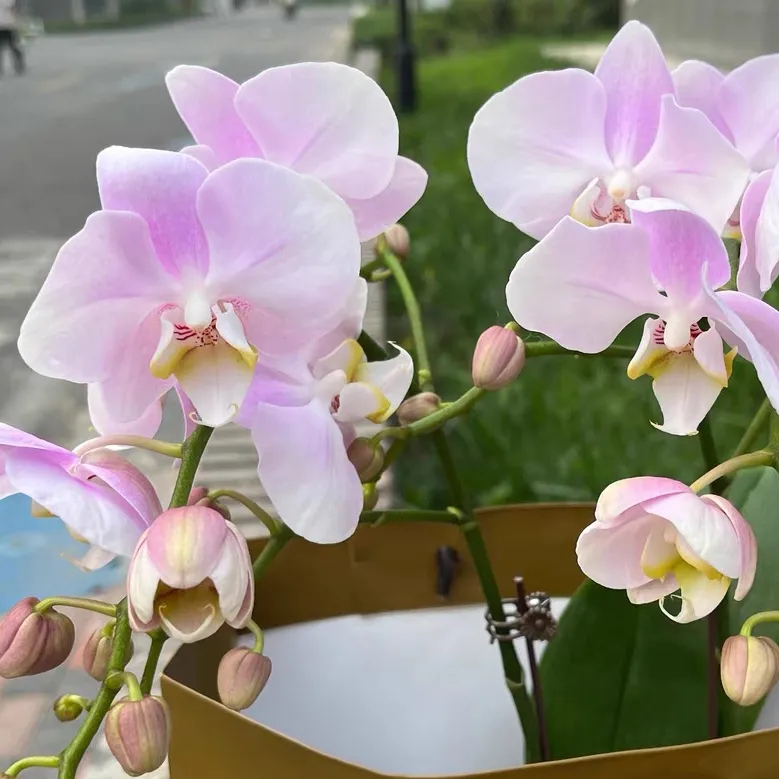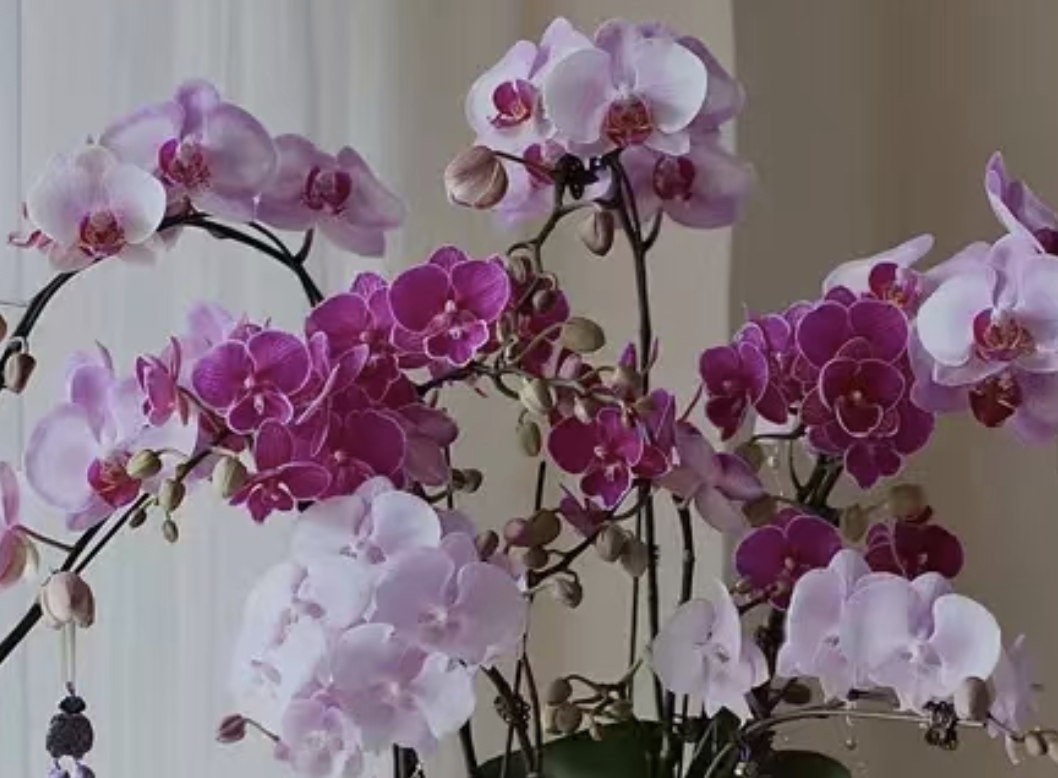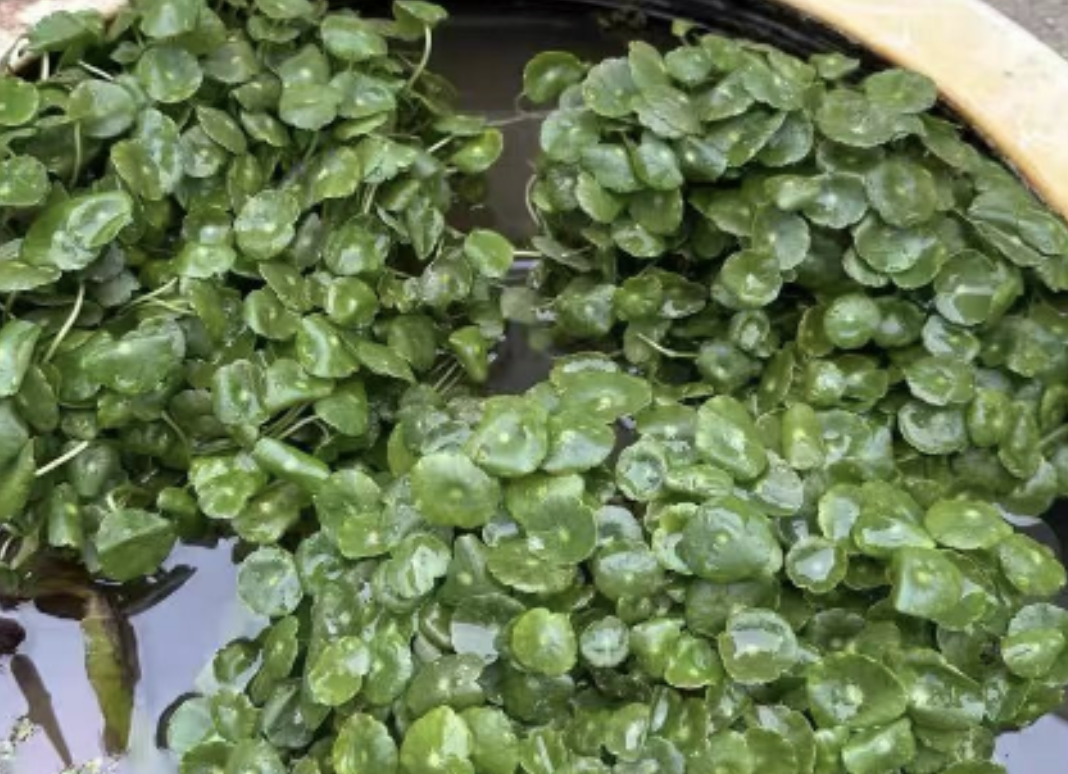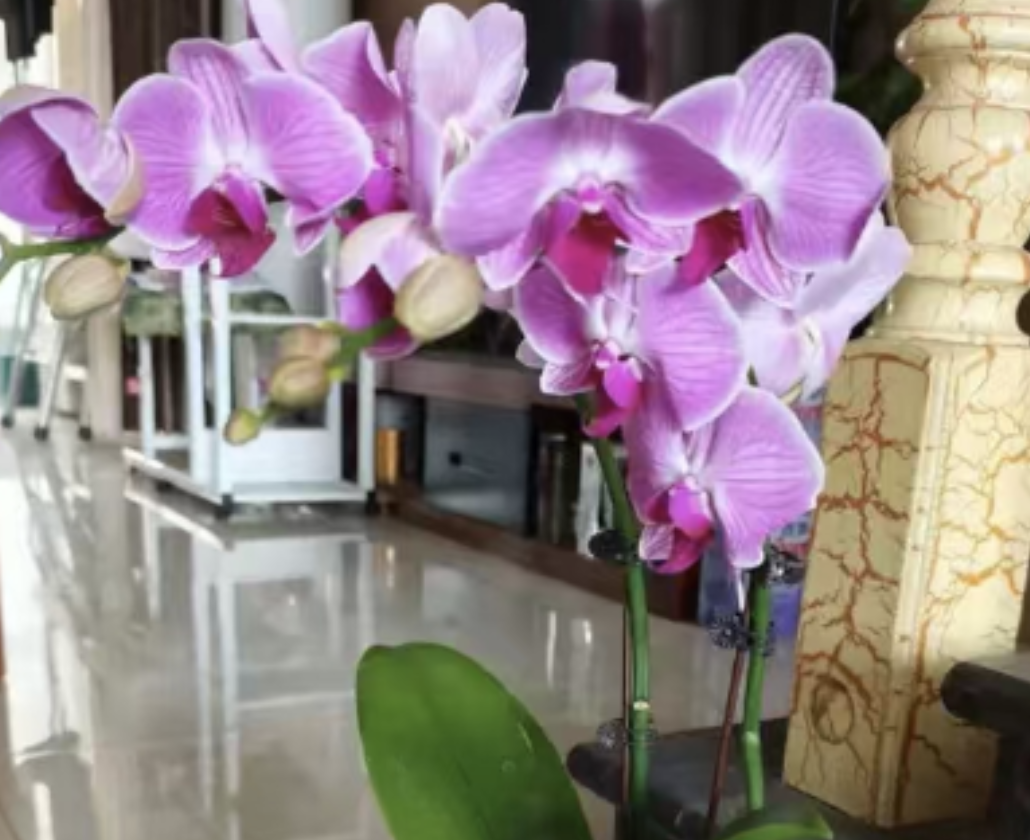# Phalaenopsis Care Guide for Northern and Southern China After the Start of Autumn
As soon as the Start of Autumn (Liqiu) passes, Phalaenopsis (moth orchids) gradually enter their prime growth period and flower bud differentiation stage. If you want their branches to be covered with "butterfly-like blooms," your care routine must adapt to the climate—significant differences in temperature and humidity between northern and southern China mean a one-size-fits-all approach won’t work! Today, we’ll share practical care tips; follow them, and getting your Phalaenopsis to rebloom year after year will be a breeze!
## I. General Care Priorities
Whether in southern or northern China, the core needs of Phalaenopsis after the Start of Autumn are consistent. Focus on these three points to lay a solid foundation for blooming!
### 1. Temperature Difference Stimulation: The "Catalyst" for Flower Bud Differentiation
Phalaenopsis cannot form flower buds without a temperature difference. Maintain a temperature of 20–25°C during the day and 15–18°C at night; an 8–10°C temperature difference is just right to awaken flower buds.
- **Operation Tips**: Move the flower pot to a window for sunlight during the day (soft diffused light is best) to help leaves accumulate nutrients; in the evening, relocate it to a cooler spot, such as a living room corner or entryway, to simulate natural temperature fluctuations.
- **Note for Southern China**: Many southern regions still experience the lingering heat of the "Autumn Tiger" (a period of hot weather after the Start of Autumn) with persistently high temperatures. Don’t rush—wait until mid-to-late September when the weather cools down before regulating the temperature difference regularly.
### 2. Critical Fertilization Period: Provide Sufficient "Bloom-Promoting Energy"
The post-Start of Autumn period is a golden time for fertilization. Focus on supplementing high-phosphorus and high-potassium fertilizers to help Phalaenopsis build up strength for blooming:
- **Liquid Fertilizer**: Dilute potassium dihydrogen phosphate with water at a 1:2000 ratio and water the orchid with this solution every 10 days. Stop using it once flower spikes emerge to avoid fertilizer burn on the spikes.
- **Lazy Person’s Trick**: Simply sprinkle 10–20 slow-release fertilizer pellets on the soil surface. Nutrients will be released automatically during subsequent waterings, eliminating the need for frequent fertilization checks—perfect for beginners.
### 3. Golden Watering Rule: Different Media, Different Judgement Methods
Watering is a "life-or-death line" for Phalaenopsis care. The two common growing media—sphagnum moss and bark—require different watering判断 methods:
- **Sphagnum Moss**: Judge by touch! Water thoroughly only when the surface of the sphagnum moss turns white and feels dry to the touch (no moisture remains when squeezed).
- **Bark**: Judge by the roots! Water when the roots change from bright green to pale white. You can either pour water over the bark multiple times until it’s fully saturated or soak the pot in water for 10–30 minutes to let the bark absorb enough moisture.
- **Critical Mistake to Avoid**: Never let water accumulate in the center of the leaves. If water is found there, dry it immediately with a paper towel—otherwise, leaf rot will occur quickly.
## II. Care for Northern China
After the Start of Autumn, the air in northern China becomes increasingly dry, and later, temperatures drop and heating systems are turned on. The core of care here is "moisture retention + frost protection" to prevent Phalaenopsis from being damaged by harsh conditions!
### 1. Humidity Rescue: Say Goodbye to "Dry Crisis"
Air humidity in northern China often drops below 40%, which can cause Phalaenopsis leaves to dry at the tips and roots to dehydrate. These 3 tricks can quickly increase humidity:
- Turn on a humidifier (run it for 2–3 hours at fixed times every day).
- Mist the leaves twice a day (use water at near-room temperature—avoid cold water that may shock the plant).
- Place a shallow tray under the flower pot, add pebbles to the tray, then pour water into it (ensure the water level does not submerge the pebbles to prevent the pot base from soaking in water). This can instantly boost humidity to 60%.
### 2. Warmth and Frost Protection: Act Before Temperatures Drop
When the outdoor temperature falls below 10°C, quickly move Phalaenopsis indoors. In particular, heating systems are activated in mid-October in some northern regions—additional precautions:
- Keep the orchid away from radiators and air conditioner vents, as these areas will "dry out" moisture, causing leaves to lose water and wrinkle.
- Place it near an east-facing or south-facing window to get supplementary light without being exposed to direct cold winds.
### 3. Light Compensation: Supplement Light Even on Cloudy Days
Northern China has many cloudy days in autumn and winter. Insufficient light can lead to excessive stem elongation (etiolation) and difficulty in forming flower buds. Prepare a plant grow light and illuminate the orchid for 4 hours a day—this prevents etiolation and helps flower buds differentiate smoothly.
- **Pro Tip from Northern Orchid Enthusiasts**: When growing Phalaenopsis in a heated room, hang a damp towel around the edge of the flower pot. The evaporation of moisture from the towel increases humidity without extra electricity use—practical and cost-effective!
## III. Care for Southern China
After the Start of Autumn, southern China experiences frequent rainy weather, high humidity, and intense "Autumn Tiger" heat. Care should not only focus on cooling but also on preventing stuffiness and mold growth!
### 1. Humidity Control: Don’t Mist Blindly
Air humidity in southern China often exceeds 70%. Avoid excessive leaf misting, as this can suffocate the roots and cause leaf rot. Instead, turn on a fan for 3–4 hours a day to accelerate air circulation and reduce environmental humidity.
### 2. Shade to Avoid "Autumn Tiger" Heat: Don’t Remove Sunshade Nets in September
The "Autumn Tiger" remains fierce in southern China in September, with harsh midday sunlight. Continue using a sunshade net with 50% light-blocking rate to shield the orchid from strong light—sunburned leaves develop brown spots that are hard to recover from.
### 3. Optimal Repotting Time: Don’t Wait for Root Rot
If you notice mold on the sphagnum moss or roots filling the entire pot, repot the orchid immediately. For repotting, use a mixture of bark and sphagnum moss as the growing medium, and place a layer of volcanic rock or ceramic granules at the bottom of the pot to improve drainage and reduce the risk of root rot.
- **Tip from Guangdong Orchid Enthusiasts**: After repotting, sprinkle a small amount of cinnamon powder on the soil surface. This natural mold and insect repellent reduces pathogen growth without worrying about chemical residues!
Phalaenopsis Care Guide for Northern and Southern China After the Start of Autumn

Share with
Tagged in :




Leave a Reply